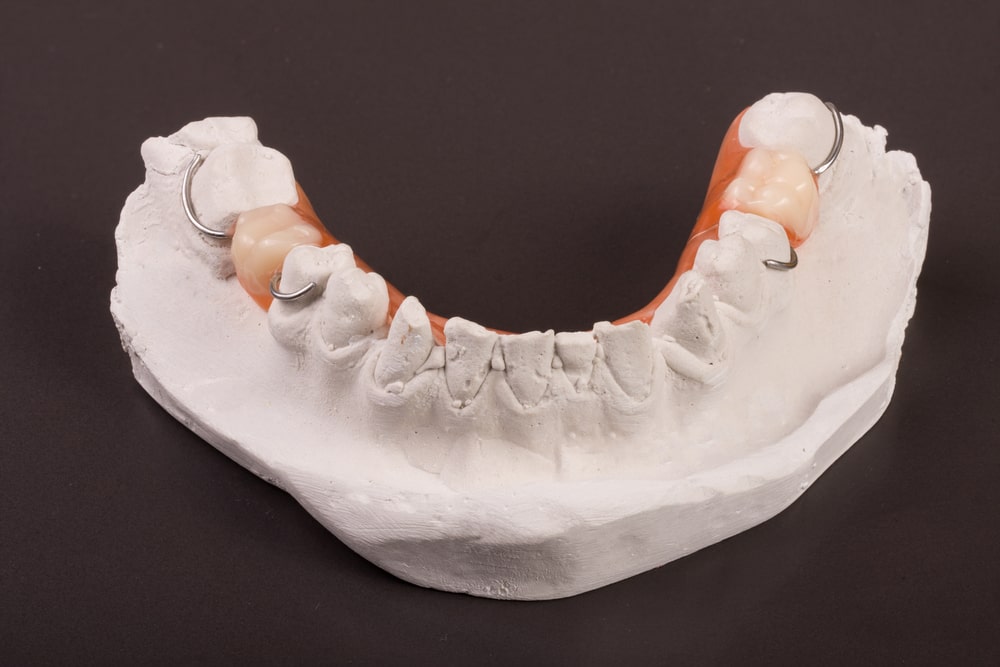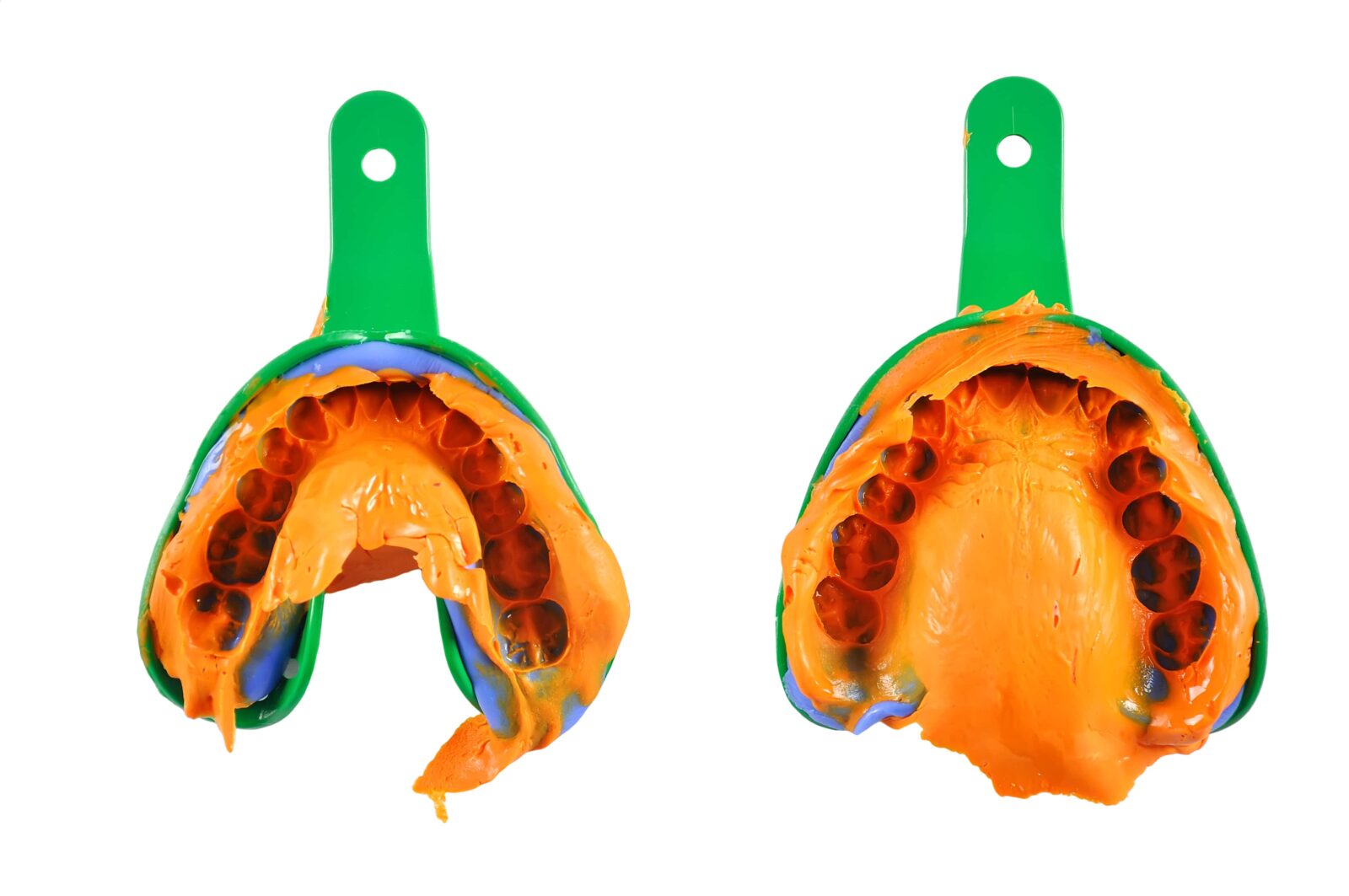When you go to the dentist, they may tell you that you need a dental restoration such as crown, mouthguard, or an indirect filling. In order to have any of these restorations placed, your dentist will need to take a dental impression. But what is a dental impression? What does it involve? How is it made? What are they used for? And when are they necessary? In this blog post, we will answer all of these questions and more!
A dental impression is a mold of your teeth that is taken by your dentist in order to have a dental restoration placed. The impression is made from a material that gradually hardens and captures an accurate replica of the shape and size of your teeth. It is used to create a model of your teeth that can be sent to a dental lab where they will create your custom dental restoration. Dental impressions can be used to fabricate:

- Clear aligners
- Crowns or bridges
- Dental Implants
- Dental Trays (for impressions or teeth whitening)
- Dentures
- Models for diagnostic study
- Model for permanent dental record
- Mouthguards
- Nightguards
- Oral appliances (for sleep apnea)
- Retainers
- Veneers
There are two types of impressions that your dentist may take: traditional and digital. A traditional dental impression is taken with a tray that is placed in your mouth and filled with a putty-like material. A digital dental impression is taken with a handheld wand and computer software that records images and measurements of your mouth.
How are Dental Impressions Made?
The type of dental impression that your dentist takes will vary. Since digital dental impressions are still somewhat new, many dentists still rely on the traditional dental impression method. Traditional dental impressions can be made from different materials, but the most common type is a soft plastic material called alginate.
Alginate is a seaweed-derived material that is mixed with water to create a putty-like texture. Besides being used to make dental impressions, alginate is commonly used as a thickening agent in soups, ice cream, jellies, and cosmetics. To make a dental impression, the alginate is placed in a tray which is then inserted into your mouth.

There are two types of trays that are used for taking traditional dental impressions:
- Stock Tray- Stock trays are prefabricated in multiple sizes and shapes to take dental impressions. These trays can be plastic or metal, and they can have rounded edges for people with no teeth or square edges for people with teeth. They are not as comfortable as custom trays, however they can usually be used to obtain an accurate impression.
- Custom Tray- A custom tray is made from a plaster cast of your teeth or from a digital scan of your mouth. They are made to fit your teeth exactly and they provide a more comfortable and accurate dental impression. However, a dental impression using a stock tray is needed to fabricate a custom tray.
Once the tray is in your mouth, the alginate material is inserted into the tray and allowed to harden for about 60 seconds. As the alginate hardens, it captures an accurate replica of the shape and size of your teeth. Once the alginate has hardened, the tray is removed from your mouth and the dental impression is sent to a dental lab. The dental lab will use the impression to create your custom restoration.
Digital Dental Impressions
A digital dental impression is taken with a handheld wand and computer software that records images and measurements of your mouth. This type of impression is becoming more popular because it is more accurate than traditional impressions and can be done in a shorter amount of time.
To make a digital dental impression, your dentist will start by coating your teeth with a powder to improve the accuracy of the scan. They will then place the wand in your mouth and move it around to capture images of your teeth. The wand is connected to a computer which records the images and creates a three-dimensional model of your teeth.
Do Dental Impressions Hurt?
No, dental impressions are not painful. The alginate material used for traditional dental impressions is generally well-tolerated by patients. Some people may experience a gagging reflex when the tray is placed in their mouth, however this usually goes away within a few seconds. If you have a strong gag reflex, your dentist may use a numbing gel to help you relax.
Dental sedation can also be used to help individuals who have a strong gag reflex. Nitrous oxide, or laughing gas, can be used to promote feelings of relaxation and relax an overactive gag reflex. This allows for dental impressions to be taken comfortably without having to fight the urge to gag.
In Conclusion
In this blog post, we discussed dental impressions. We explained what a dental impression is, how they are made, and what they are used for. We also answered some commonly asked questions about dental impressions and discussed how dental sedation can help. If you have any other questions or would like to schedule an appointment, please contact our office!
We hope you found this blog post helpful. Thanks for reading!
